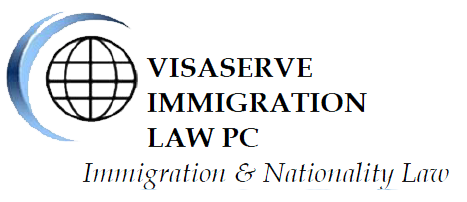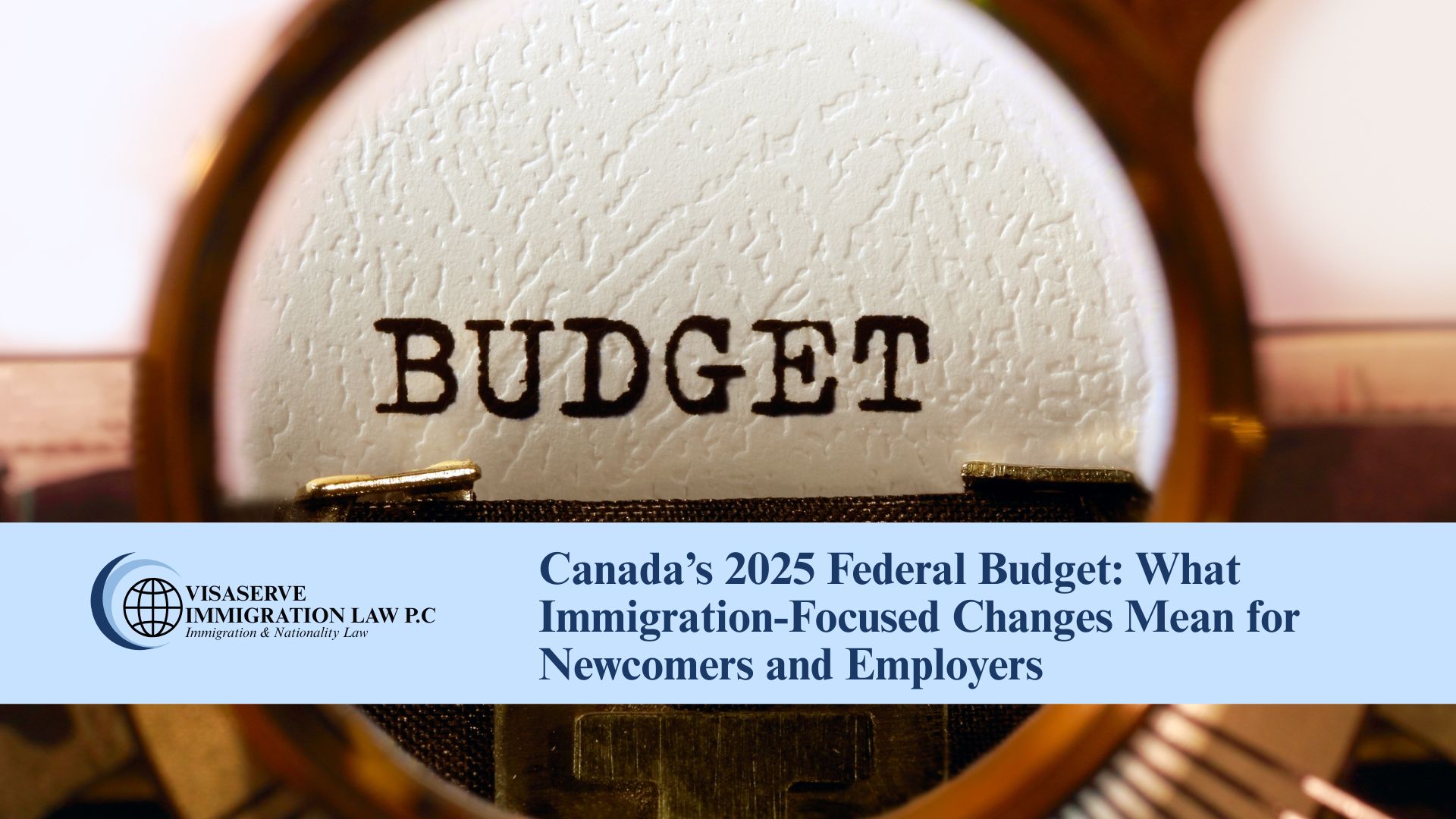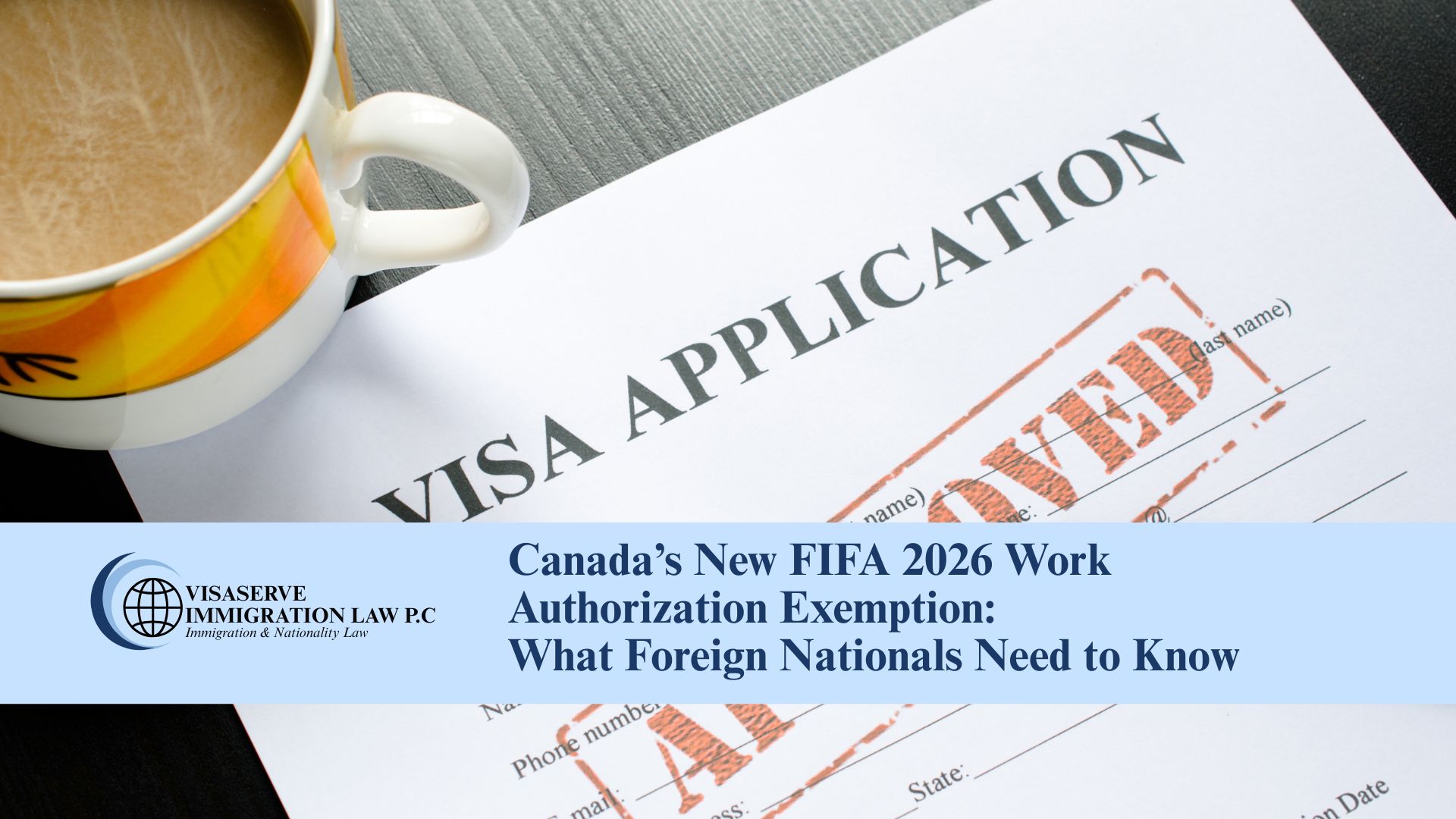In November 2025, the federal government of Canada introduced its 2025 budget under the theme of “smarter public spending and stronger capital investment.” This budget signals a shift not only in how Canada invests in infrastructure and productivity, but also in how the country’s immigration policy will evolve in response to labour-market needs, housing pressures and public-service capacity. For newcomers, employers and immigration stakeholders, the budget offers both new opportunities and new constraints.
In this post we’ll review the key immigration-related announcements in the budget, analyse what they mean for newcomers and employers, and highlight how applicants should position themselves in this changing landscape.
1. Immigration Targets and Temporary & Permanent Resident Intake
One of the most noteworthy changes is the adjustment of immigration-level targets. Under the Immigration, Refugees and Citizenship Canada (IRCC) 2025–2027 “Immigration Levels Plan,” the number of new permanent residents is set at approximately 395,000 for 2025. The budget confirms a more disciplined approach.
Simultaneously, temporary resident numbers — encompassing international students, temporary workers and other non-permanent categories — are being constrained in order to help address challenges around housing, infrastructure and service capacity.
What this means for newcomers and employers:
- With fewer permanent-resident spots in key streams, competition may increase for the economic-class pathways.
- Employers seeking to hire globally may face greater scrutiny of labour-market needs, given the emphasis on aligning immigration with the economy.
- For international students and temporary workers, the tightening of temporary-resident caps means planning earlier and carefully managing transitional pathways (e.g., into permanent residence) will become more important.
- Provinces and employers should pay careful attention to provincial-nominee program (PNP) allocations and labour-market alignment in their strategies.
2. Focus on Economic-Class Immigration, Foreign Credential Recognition and Labour-Market Integration
The budget emphasises that immigration is a key tool to support Canada’s labour-market needs and productivity growth. According to commentary on the budget, there is a renewed emphasis on ensuring newcomers can contribute quickly and integrate effectively, with greater attention to foreign-credential recognition, skills training and employment mobility.
Key points include:
- Promoting pathways for skilled workers who already have Canadian experience (temporary workers, international graduates).
- Dedication to supporting quicker recognition of international education and work experience so newcomers are less likely to remain under-employed.
- Encouraging employers to leverage immigrant talent more strategically, aligned with sectors facing shortage or growth potential (e.g., trades, technology, healthcare).
What this means for newcomers and employers:
- If you’re a newcomer with Canadian work experience or credentials, you may be better positioned. Emphasise your Canadian experience.
- Employers should incorporate foreign-credential recognition into hiring plans and consider how to support newcomer retention, as the policy environment shifts to favour labour-market readiness.
- Immigration advisers should proactively check whether clients’ credentials are recognised in Canada and build stronger employment narratives in support of applications.
3. Settlement, Integration and Services in a Constrained Environment
The broader context of the budget includes heightened pressure on housing, public services and infrastructure due to population growth and immigration. In response, the government is signalling tighter integration between immigration and settlement policy, with an aim of ensuring that newcomers “have access to the jobs, services and homes they need.”
While the budget may not list every dollar of settlement investment explicitly, immigration policy now must contend with capacity constraints in communities. For example:
- Settlement service providers may face tougher performance metrics.
- Newcomers may be directed more explicitly to regions or provinces that can demonstrate infrastructure capacity and labour-market fit.
- Employers and immigration advisors should monitor regional immigration initiatives as provinces gain greater say in how immigration is aligned with local labour-market needs.
What this means for newcomers and employers:
- If you’re advising a client or strategy, consider regions beyond Canada’s major metropolitan centres — regional immigration may carry increasing importance.
- Employers in regions with strong infrastructure and labour-market demand may find more favourable pathways to collaborate with immigration authorities.
- Newcomers should evaluate whether the community they plan to settle in has the support systems (housing, services, employment) to match policy expectations.
4. Digital Modernization, Integrity Measures and Efficiency
The budget and accompanying departmental plans show that IRCC is modernizing its systems, improving processing efficiency and strengthening integrity measures in the immigration system. According to the IRCC departmental plan: “Work is underway … so that the Department operates within an environment of fiscal restraint.”
Implications:
- Applicants should expect continued pressure on processing times and documentation quality — thorough applications (with strong employment/education narratives) will remain crucial.
- Employers and immigration advisors must ensure compliance and correctness in supporting documentation, as integrity (fraud, mis-representation) will remain an enforcement area.
- Digital platforms and application-processing systems are being upgraded — therefore staying updated on IRCC’s guidance, policy updates and digital-application requirements is important.
5. Strategic Recommendations for Clients, Employers and Immigration Advisors
Based on the budget’s direction and immigration policy shifts, here are strategic recommendations for your firm, clients and employer-partners:
- For individual applicants/newcomers: Prioritize Canadian work experience and credential alignment, act early on immigration pathways, and consider regional immigration options rather than only major cities.
- For employers: Re-assess talent-acquisition strategies — focus on economic-class immigration aligned with your sector, ensure foreign-credential recognition is part of your onboarding/support plan, and consider collaboration with regional and provincial immigration channels.
- For immigration advisors/firms: Update client advisories to reflect tighter targets, emphasize the added importance of Canadian work experience and strong labour-market narratives, and review PNP allocations and regional immigration shifts for potential opportunity.
- For settlement/region-planning stakeholders: Advocate for aligned infrastructure, housing and newcomer-support investment in your region, and highlight the labour-market contributions of newcomers to regional economic growth.
Conclusion
The 2025 federal budget represents a turning point in Canada’s immigration policy. Rather than unchecked growth in newcomer numbers, the focus is shifting toward sustainable, labour-market-oriented, regionally distributed immigration that fits Canada’s infrastructure and service-capacity realities. For newcomers, employers and immigration professionals alike, the message is clear: adaptation, early planning and alignment with labour-market needs will be more important than ever.
By proactively aligning with these policy directions, you can position your clients, your firm and your employer-partners to take advantage of the evolving Canadian immigration landscape.
Project FAQ under blog
Q1. Will the number of permanent-resident spots in Canada be significantly lower under the 2025 budget?
Yes. The 2025–2027 Immigration Levels Plan sets the permanent-resident target for 2025 at approximately 395,000, representing a reduction from prior years.
Q2. Does the budget indicate fewer opportunities for international students or temporary workers?
Yes. The budget and associated commentary indicate that Canada is moving to constrain the number of temporary residents (including students and workers) in light of housing and service-capacity pressures.
Q3. What can newcomers do to increase their chances under this new policy environment?
Newcomers should prioritize gaining Canadian work experience or education, ensure their foreign credentials are recognized, consider regional immigration pathways, and submit complete, well-supported applications.
Q4. What should employers do differently in light of the budget’s immigration measures?
Employers should integrate immigration strategy into their talent-acquisition planning, consider recognition of foreign credentials as part of onboarding and retention, align jobs with labour-market-priority fields, and explore regional immigration collaborations.
Q5. Does the budget’s policy shift affect only newcomers, or does it also impact settlement and integration services?
It affects both. The government’s emphasis on sustainability, service capacity and regional alignment means that settlement, integration and infrastructure services will be more closely linked with immigration policy. Newcomers may face additional pressures if community supports are weak.
Contact Information
If you or your family members have any questions about how immigration and nationality laws in the Canada may affect you, or if you want to access additional information about immigration and nationality laws You can reach us by emailing info@visaserve.ca or by calling us at +1 905-203-2266 .We also invite you to visit our website at www.visaserve.ca/contact for more information.






